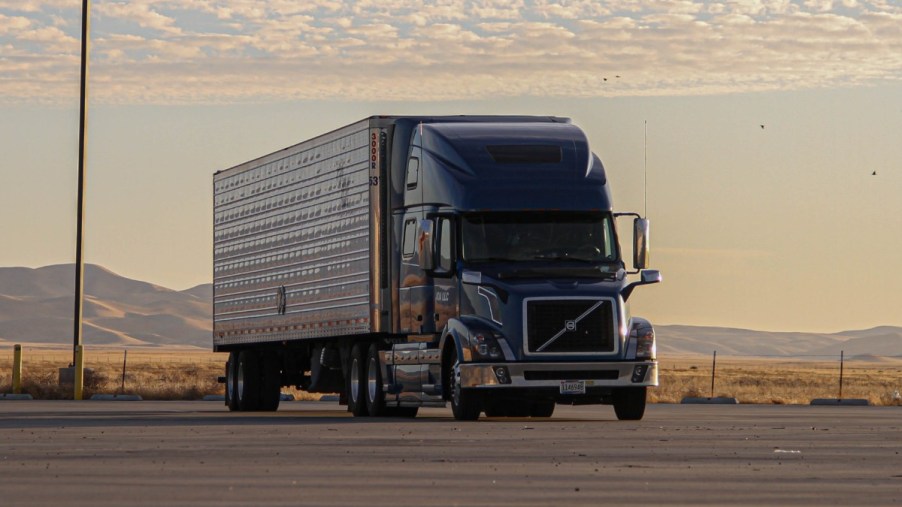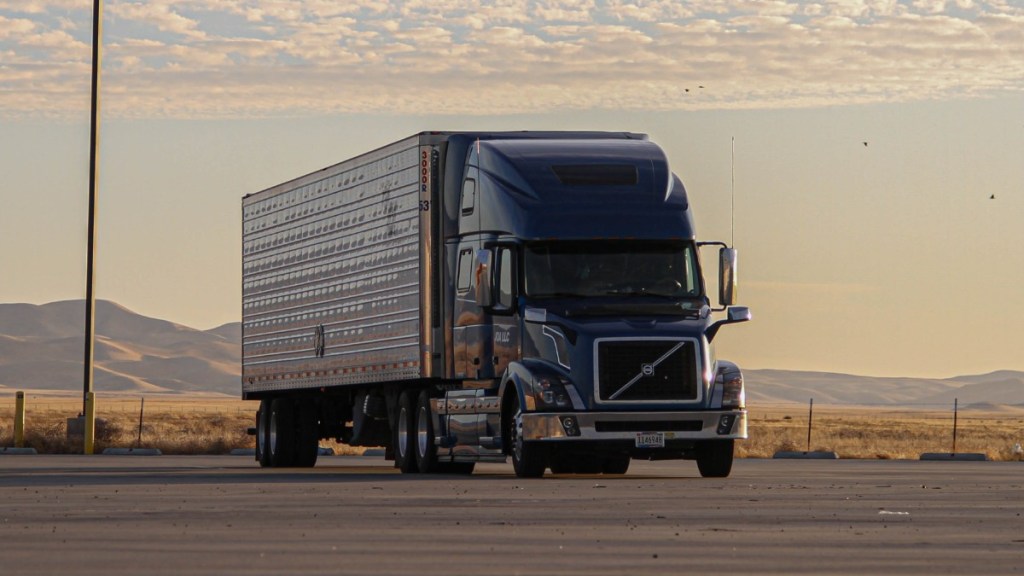
California Could Ban 76,000 Trucks by the End of 2022
To reduce carbon emissions and their effect on climate change and air pollution, California has some of the strictest vehicle emissions standards in the country. These standards will get even more strict. As a result, the state could state ban 76,000 trucks by the end of 2022. As California makes a push to encourage the use of emissions-free electric vehicles, older, heavy-emission trucks become a casualty.
Is California banning old trucks?

As reported by Overdrive, if you’re one of the estimated 76,000 owners of a truck with a “pre-2010 emissions-spec engine” and are a California resident or operate a vehicle there, California could ban you from driving your truck starting on January 1, 2023.
This ban originates from a rule set nearly 10 years ago. It was established by the California Air Resources Board’s (CARB) Truck and Bus Regulation. For the rule, CARB “banned the use of all trucks powered by 2006 and older emissions-spec engines, with some narrow exceptions.” Also, starting in 2023, “the rule, along with the similar Drayage Rule for dray operators, takes vehicle bans a step further.”
What happens if the deadline remains without any changes to the rule? California will prohibit the “use of all 2007-2009-emissions-spec engines.” A part of “CARB’s enforcement mechanism for the rule is to prevent registration or renewal of these types of vehicles.” By default, CARB and the California DMV will assume that “truck model years 2008 through 2010” have a 2007-2009 engine. The DMV will block registrations and renewals of these trucks, “unless owners take steps with the agencies to prove otherwise.”
How to still drive one of the potentially banned trucks in California
Overdrive details how many of the potentially banned trucks might be compliant with a 2010-emissions-spec engine. This is due to the “high interest in this type of engine at the time.” A 2010-emissions-spec engine features “diesel exhaust fluid dosing in selective catalytic reduction systems.” Also, drivers could swap out an older engine with a newer one that’s compliant.
CARB allows drivers that “own a 2010 model year truck with a 2010 model year engine” to report them as compliant. This enables drivers to avoid the ban. To do this, drivers need to use “CARB’s Excluded Diesel Vehicle Reporting database (EDVR).” In the database, drivers have to “upload photos of the engine compartment that still shows part of the truck’s exterior.” Also, compliance requires a “photo of the Emission Control Label.” To avoid registration delays, CARB recommends that drivers submit this information “well in advance of your registration due date.”
Trucking groups push for a delay of the emissions rule that bans trucks in 2023
Several trucking groups are pushing for a delay in the California emissions rule. This includes the “Owner-Operator Independent Drivers Association, American Trucking Associations, Truckload Carriers Association, and Western States Trucking Association (WSTA).” In this push, the trucking groups cited “manufacturing challenges causing shortages of both new and used trucks.”
Overdrive discussed this issue with Joe Rajkovacz, the director of governmental affairs and communications for WSTA. He said that the trucking groups did yet “receive a response from CARB on a March 11 letter requesting the regulatory relief.”


